The world’s first cell phone call was made on April 3, 1973, when Martin Cooper, a senior architect at Motorola, called an adversary media communications organization and educated them he was talking by means of a cell phone. The telephone Cooper utilized, on the off chance that you could consider it that, gauged a stunning 1.1kg and estimated in at 228.6x127x44.4mm. With this model gadget, you got 30 minutes of talk-time and it took around 10 hours to charge.
Mobile Generation
Basically, the “G” means “GENERATION”. While you associated with web, the speed of your web is relying on the sign quality that has been appeared in letters in order like 2G, 3G, 4G and so on. The speed increments and the innovation used to accomplish that speed likewise changes. For eg, 1G offers 2.4 kbps, 2G offers 64 Kbps and depends on GSM, 3G offers 144 kbps-2 mbps though 4G offers 100 Mbps – 1 Gbps and depends on LTE innovation.
1st Generation
This was the original of mobile phone innovation. The absolute original of business cell system was presented in the late 70’s with completely actualized guidelines being set up all through the 80’s
1G is a simple innovation and the telephones for the most part had poor battery life and voice quality was enormous absent much security, and would at times experience have dropped calls.
Key features (technology) of 1G system
- Frequency 800 MHz and 900 MHz
- Bandwidth: 10 MHz (666 duplex channels with bandwidth of 30 KHz)
- Technology: Analogue switching
- Modulation: Frequency Modulation (FM)
- Mode of service: voice only
- Access technique: Frequency Division Multiple Access (FDMA)
Disadvantages of 1G system
- Poor voice quality due to interference
- Poor battery life
- Large sized mobile phones (not convenient to carry)
- Less security (calls could be decoded using an FM demodulator)
- Limited number of users and cell coverage
- Roaming was not possible between similar systems
2nd Generation
The fundamental distinction between the two cell phone frameworks (1G and 2G), is that the radio sign utilized by 1G system are simple, while 2G systems are computerized. It executed the idea of CDMA and GSM. During 2G Cellular telephones are utilized for information likewise alongside voice. 2G presented a considerable lot of the major administrations that despite everything we use today, for example, SMS, interior meandering. The maximum speed of 2G with General Packet Radio Service (GPRS ) is 50 Kbps or 1 Mbps with Enhanced Data Rates for GSM Evolution ( EDGE )
Key features of 2G system
- Digital system (switching)
- SMS services is possible
- Roaming is possible
- Enhanced security
- Encrypted voice transmission
- First internet at lower data rate
- Disadvantages of 2G system
- Low data rate
3rd Generation
This generation set the norms for the greater part of the wireless technology, Web browsing, email, video downloading, picture sharing and other Smartphone technology were presented in the third era. Presented industrially in 2001 age portable correspondence were to encourage more noteworthy voice and information limit, bolster a more extensive scope of utilizations, and increment information transmission at a lower cost. The hypothetical max speed for HSPA+ is 21.6 Mbps. 3G developed into 3.5G and 3.75G as more highlights were presented
Key features of 3G system
- Higher data rate
- Video calling
- Enhanced security, a greater number of users and coverage
- Mobile app support
- Multimedia message support
- Location tracking and maps
- Better web browsing
- TV streaming
- High quality 3D games
Disadvantages of 3G systems
- Expensive spectrum licenses
- Costly infrastructure, equipment’s and implementation
- Higher bandwidth requirements to support higher data rate
- Costly mobile devices
- Compatibility with older generation 2G system and frequency bands
4th Generation
4G is an altogether different innovation when contrasted with 3G and was made conceivable basically. Its motivation is to give rapid , high caliber and high ability to clients while improving security and turn down the volume and information administrations, sight and sound and web over IP. The maximum speed of a 4G arrange when the gadget is moving is 100 Mbps or 1 Gbps. 4G telephone can impart through a 3G or even 2G arrange. we have the partial parts: 4.5G and 4.9G denoting the progress of LTE
Key features of 4G system
- Much higher data rate up to 1Gbps
- Enhanced security and mobility
- Reduced latency for mission critical applications
- High definition video streaming and gaming
- Voice over LTE network VoLTE (use IP packets for voice)
Disadvantages of 4G system
- Expensive hardware and infrastructure
- Costly spectrum (most countries, frequency bands are is too expensive)
- High end mobile devices compatible with 4G technology required, which is costly
- Wide deployment and upgrade is time consuming
5th Generation
5G is an age as of now a work in progress , that is proposed to enhance 4G. 5G guarantees fundamentally quicker information rates, higher association thickness, much lower dormancy. The maximum speed of 5G is gone for being as quick as 35.46 Gbps , which is more than multiple times quicker than 4G. Cutting edge Mobile Networks Alliance feel that 5G ought to be taken off by 2020to satisfy business and buyer needs
Key features of 5G technology
- Ultra fast mobile internet up to 10Gbps
- Low latency in milliseconds (significant for mission critical applications)
- Total cost deduction for data
- Higher security and reliable network
- Uses technologies like small cells, beam forming to improve efficiency
- Forward compatibility network offers further enhancements in future
- Cloud based infrastructure offers power efficiency, easy maintenance and upgrade of hardware
Evaluation of Mobile
1983 Analog Motorola DynaTAC 8000X Advanced Mobile Phone System mobile phone as of 1983.
1989 The first truly portable phone. Up until its release, most cellular phones were installed as car phones due to the inability to fit them into a jacket pocket.
1992 The first digital hand-size mobile telephone.
1993 The IBM Simon was the first PDA/Phone combo.
1994 This was the first mass-produced GSM phone. It was produced until
1995 The first clamshell cellular phone. Also one of the first display screens featured on a cell.
1998 This iteration of Nokia’s Communicator series significantly reduced the weight of this precursor to the smartphone.
1999 This phone was loved for its customizable design, but hated for its screen fade. The first mobile phone with a WAP browser.
2000 The Uproar was the first cell phone to have MP3 music capabilities. The internal antenna and predictive T9 text messaging sold approximately 160 million of these phones.
2000 Ericsson R380The R380 featured a black and white touchscreen, partially covered by a flip.
2001 Nokia This phone featured a full QWERTY keyboard. It could also store up to 64mb of music. such as Infrared, a fully functional calendar and a FM Radio.
ERICSSON T39 This tiny handset was the first Bluetooth-capable phone. This was Ericsson’s first handset with a color screen.
2002 The first Nokia phone to bring GPRS internet services to the mass market. The 3510i, pictured here, was a more advanced version with a color screen.
2002 Sony ERICSSON featured a touchscreen and up to 128mb of memory.
2003 Blackberry Research In Motion’s first integrated phone/PDA.One of the first 3G smartphones by Nokia, still one of the lightest and smallest.
2004 Motorola When this was introduced it set the standard for sleek design in the industry.
2005 One of the first 3G phones, the Nokia 6680 was considered to be high end at the time of its release.
2006 The XDA Flame is the first dual processor PDA-phone in the 02 line.
2007 The original iPhone was released in June 2007 with an auto-rotate sensor, a multi-touch sensor that allowed multiple inputs while ignoring minor touches, a touch interface that replaced the traditional QWERTY keyboards, and many other features that helped to give Apple an almost instant healthy market share on its release.
2008 The iPhone 3G was made even more desirable by all the apps that could be purchased for it in the AppStore when it was released in July of 2008. The first smartphone to run Google’s Android OS was the HTC Dream slider smartphone.
2010 The HTC EVO 4G from Sprint was the first cellular phone to meet 4G standards, running on the WiMAX network.
2011 gave us not just one, but two amazing new features: first, Apple released their AI voice assistant, first voice assistant
2012 Year smartphones caught up with the advances in mobile data technology. Every handset produced after that year offered 4G connectivity,
2013 the Sony Xperia Z was released, and it was the first handset to be fully waterproof
2014 Long before the iPhone 7 Plus, came the HTC One M8 – then the first phone to feature dual cameras on the back. Known as the “Duo Camera”,
2015 4K resolution used to be reserved for flatscreen TVs, but the release of the Sony Xperia Z5 Premium in 2015 changed the game
2016 Here’s a trend we’re still waiting to catch on – modular phones. While 2016 was the year Google’s Project Ara was shelved, it also saw the release of the LG G5.
2017 iPhone X, which features facial recognition as a way of unlocking the phone, as well as animated emojis using the same technology.
Mobile Positive Point
- Communication
- Small and Convenient
- Photos and Video
- Texting
- Fashion and Self-Expression
- Entertainment
- Notes and Reminders
- Video in Real Time
- Calendars and Organization
- Maps, Navigation, and Travel
- Online Banking and Finance
- Address Book and Contacts
- Remote Working
- Emergencies
- Watches and Alarm Clocks
- Calculator
- Flashlight/Torch
- News, Sports, and Live Events
- Crime Prevention and Evidence Gathering
- Learning and Research
Mobile Negative Point
- Constantly Distracting
- Socially Disruptive
- Battery Power Keeps Running Out
- The Workday Never Finishes
- Photos and Video Mean No Privacy
- Constant Expense
- Spam
- Another Thing to Carry Around
- If You Lose Your Phone, You Lose Your Life
- The Screen is too Small
- Butt Calls and Mistakes
- Hinders Sleep
- They Cause Accidents
- Vicarious Living
- Health Problems
- Under Surveillance
- Conflict Minerals
Youth Crime






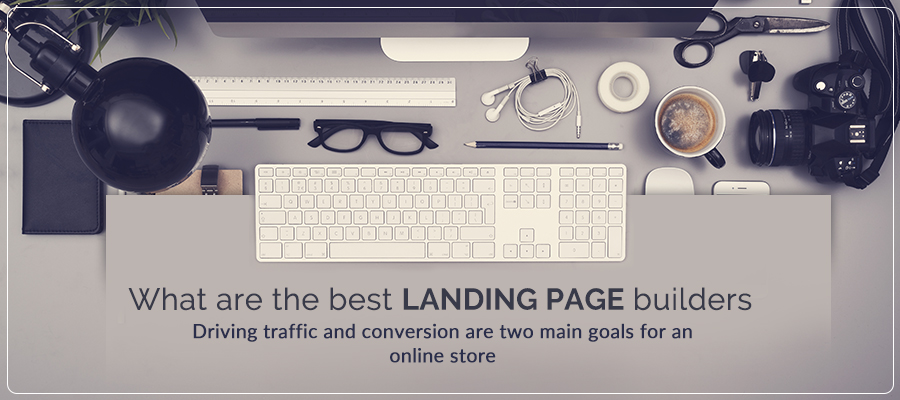



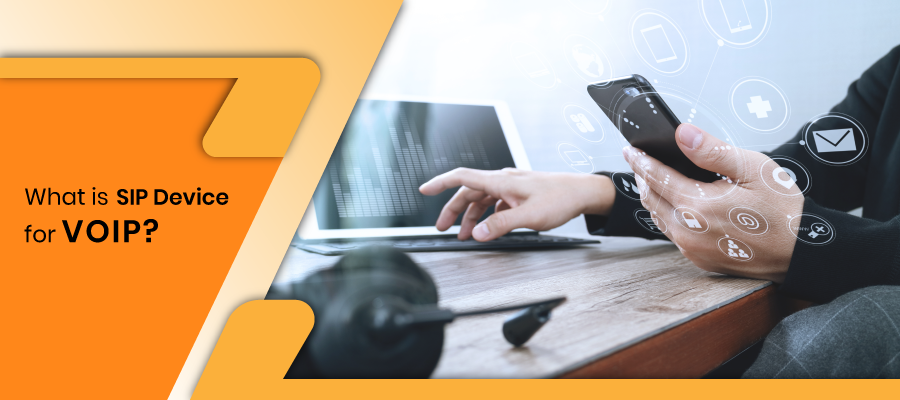
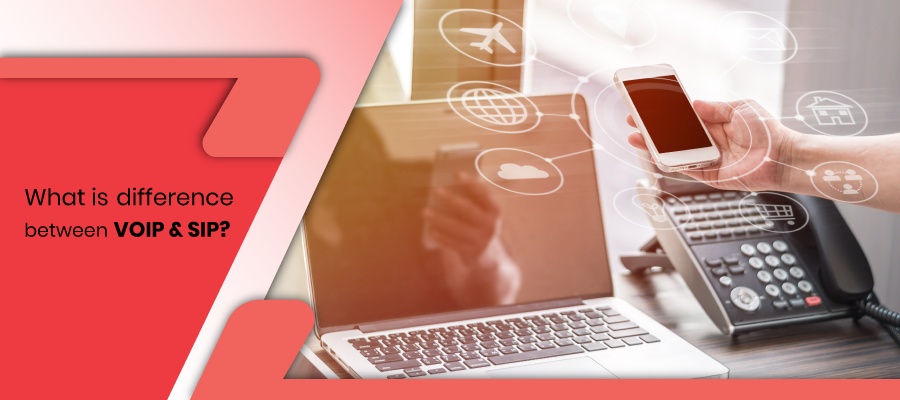
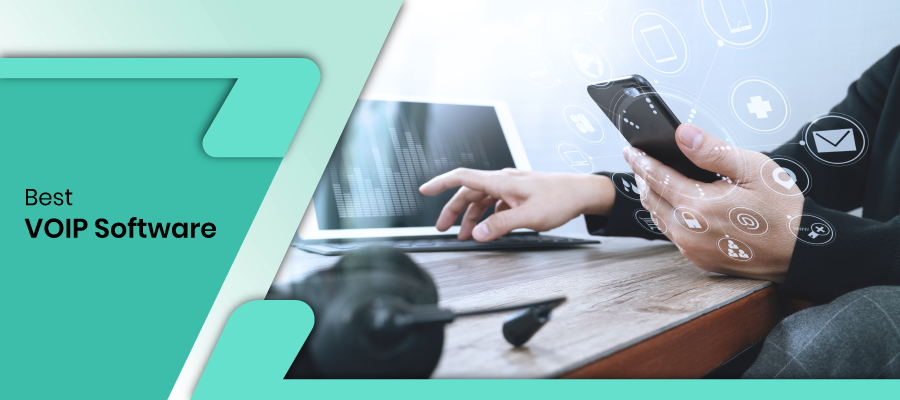
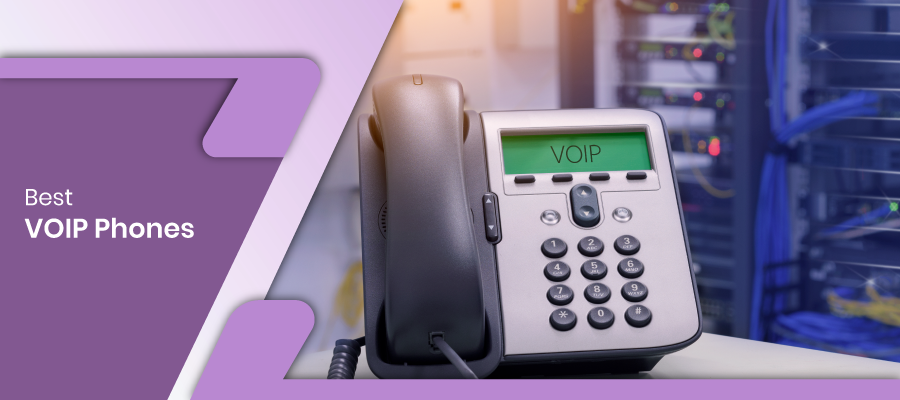



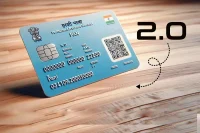
Leave a comment